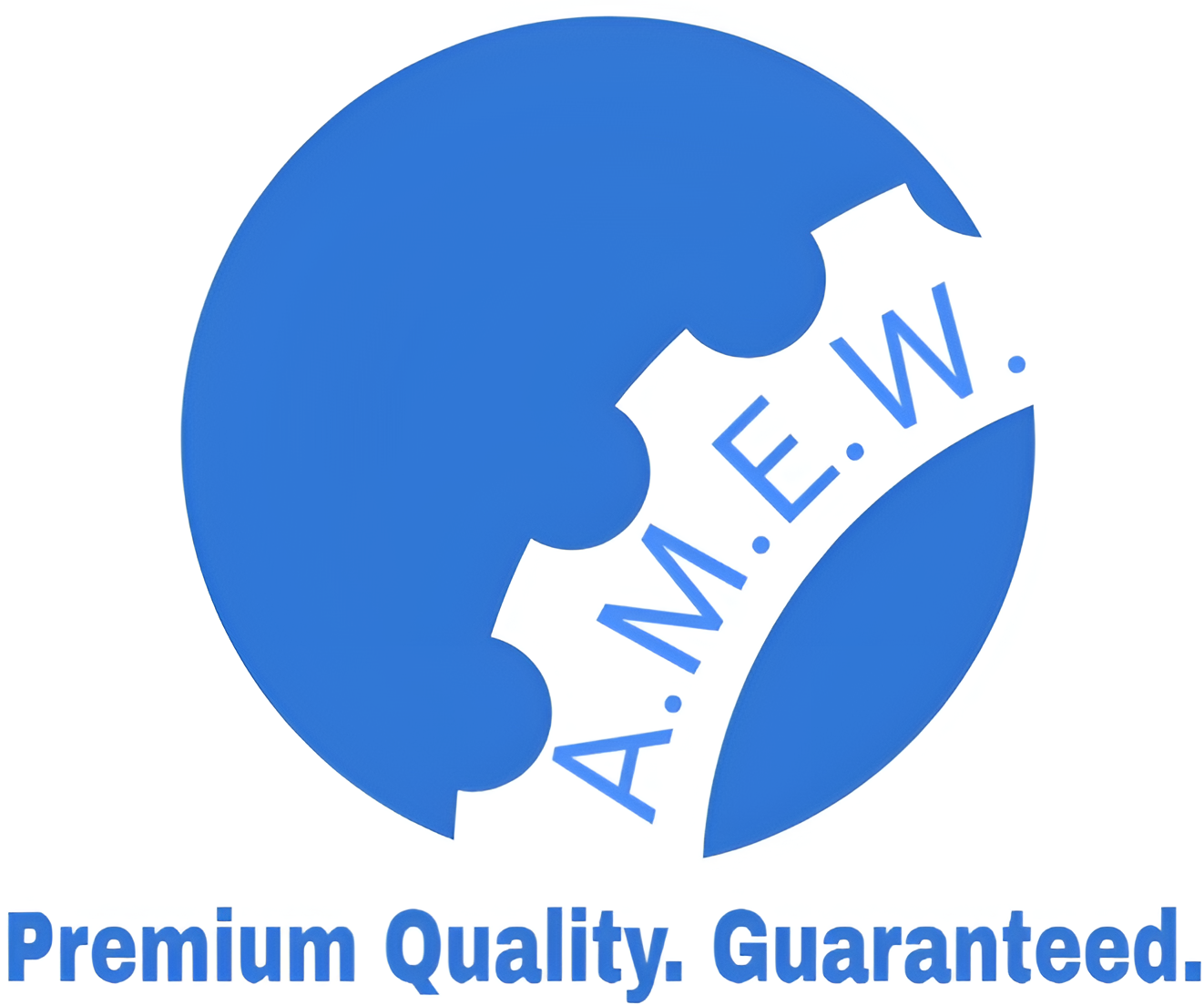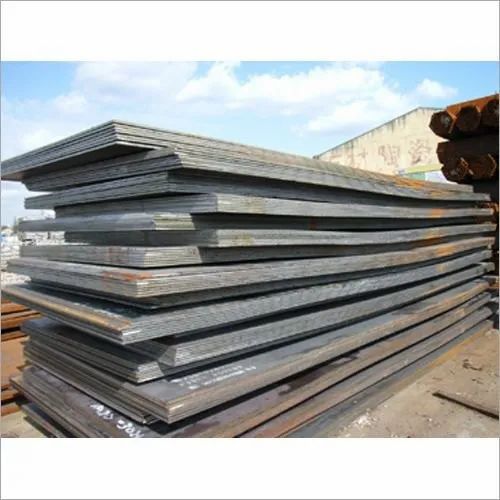Description
High Carbon Quenched and Tempered Steel
Table of Contents
- Introduction to High Carbon Quenched and Tempered Steel
- Chemical Composition
- Mechanical Properties
- Applications of High Carbon Quenched and Tempered Steel
- Comparison with Other Steel Grades
- Heat Treatment and Fabrication
- Advantages and Disadvantages
- Conclusion
1. Introduction to High Carbon Quenched and Tempered Steel
High carbon quenched and tempered steel is specifically engineered for demanding applications that require exceptional strength and toughness. With a nominal hardness of 500 HBW, this steel grade is designed to perform under high-stress conditions while maintaining excellent formability and good weldability. Its unique properties make it a preferred choice in various industrial sectors where durability and resilience are essential.
2. Chemical Composition
The properties of high carbon quenched and tempered steel are determined by its precise chemical composition. Typical elements include:
- Carbon (C): 0.45% – 0.55%
- Manganese (Mn): 0.70% – 1.30%
- Silicon (Si): ≤ 0.50%
- Chromium (Cr): 0.5% – 1.5%
- Phosphorus (P): ≤ 0.04%
- Sulfur (S): ≤ 0.05%
- Iron (Fe): Balance
This composition ensures a balance of high hardness and toughness, suitable for various applications.
3. Mechanical Properties
High carbon quenched and tempered steel demonstrates impressive mechanical properties, making it reliable in demanding environments:
| Property | Value |
|---|---|
| Hardness | 500 HBW |
| Yield Strength | 800 – 1000 MPa |
| Tensile Strength | 1000 – 1200 MPa |
| Elongation (min) | 10% – 14% |
These properties enable this steel grade to withstand significant loads and stresses while maintaining its integrity.
4. Applications of High Carbon Quenched and Tempered Steel
The versatility of high carbon quenched and tempered steel makes it suitable for a wide range of applications, including:
- Yellow Goods: Commonly used in heavy machinery like bulldozers and excavators operating in harsh conditions.
- Mining: Ideal for equipment subjected to abrasive materials and severe wear.
- Agriculture: Utilized in agricultural machinery requiring high strength and durability.
- General Engineering: Applicable in various engineering projects where reliable performance is critical.
- Mechanical Handling: Employed in forklifts and cranes that demand resilience and toughness.
- Structural Applications: Suitable for frameworks and structural components requiring high strength.
The extensive range of applications highlights the importance of this steel grade in maintaining operational efficiency across various industries.
5. Comparison with Other Steel Grades
When comparing high carbon quenched and tempered steel to other steel grades, its unique combination of strength, toughness, and weldability is evident:
| Steel Type | Hardness (HBW) | Yield Strength | Applications |
|---|---|---|---|
| High Carbon Q&T | 500 | 800 – 1000 MPa | Mining, agriculture, machinery |
| AR400 | 400 | 600 – 800 MPa | Moderate abrasion applications |
| AR500 | 500 | 900 – 1200 MPa | Severe wear conditions |
| Mild Steel | 150 – 250 | 250 – 400 MPa | General construction |
High carbon quenched and tempered steel stands out for its performance in rigorous applications, offering enhanced properties suited for high-demand environments.
6. Heat Treatment and Fabrication
This steel grade can undergo various heat treatment processes to enhance its properties:
- Quenching: Rapid cooling process that increases hardness significantly.
- Tempering: Reduces brittleness while retaining high strength, improving toughness.
- Normalizing: Refines grain structure for better machinability and performance.
These treatments are crucial for optimizing the steel’s performance, ensuring suitability for high-stress environments.
7. Advantages and Disadvantages
Advantages
- Exceptional Strength and Toughness: Perfect for high-demand applications where reliability is crucial.
- Good Weldability: Allows for versatile fabrication methods without compromising material integrity.
- Excellent Formability: Can be easily shaped and processed to meet design specifications.
Disadvantages
- Potential for Brittleness: If not properly treated, the high carbon content can lead to brittleness in certain conditions.
- Cost Considerations: Higher-performance materials may come at an increased cost compared to standard grades.




